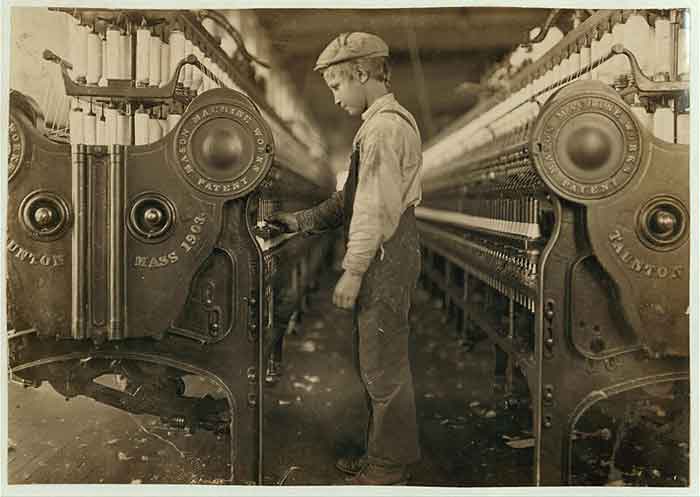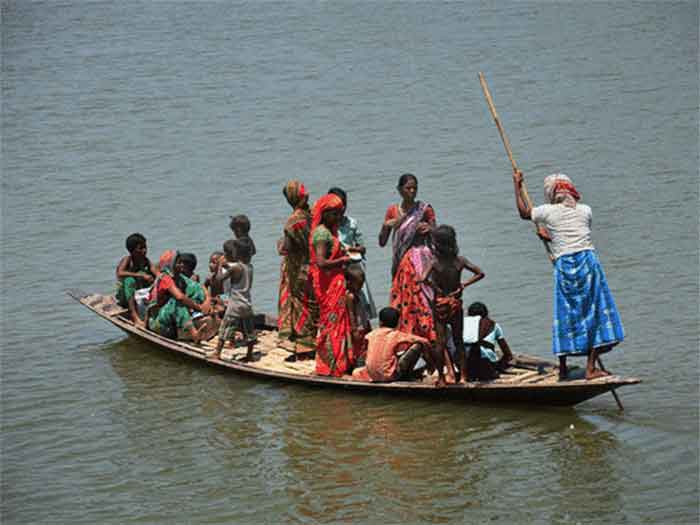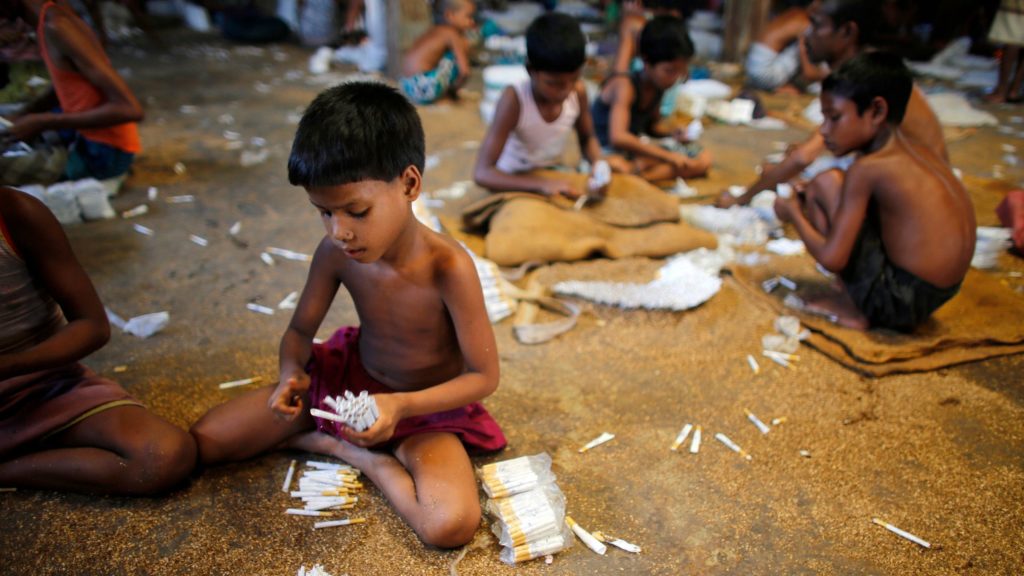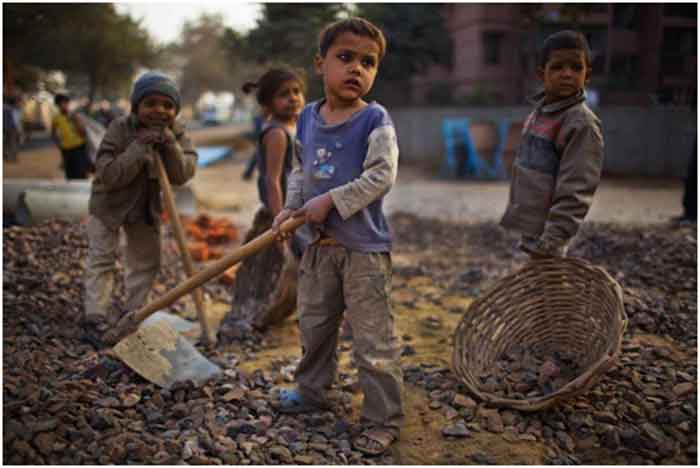
Introduction
Over the past nine months, the entire news and social media has been flooded with reports of rising cases of Covid-19 and the impact it has had on India’s economy. Millions of people lost their jobs or were forced to take pay cuts. Migrants were forced to walk hundreds of kilometers back home and economic activity in rural areas came to a halt.
While these visible issues were extensively covered by various news agencies, some other invisible issues remained untouched. One such issue is the effect of Covid-19 pandemic on child labour.
The Pandemic, economic instability and child labour
The last few decades have seen significant progress in the fight against child labour. However, the Covid-19 pandemic has posed a risk of backtracking. Positive trends may fade away, and the problem may even worsen in most places. Therefore, there is an urgent need to acknowledge this aspect of the pandemic’s impact and take urgent action to protect children and their families.
The pandemic has had significant negative impact on the economy. It has led to profound disruptions of supply chains, halts in manufacturing and hence an increased economic insecurity. The very high proportion of workers in the informal economy makes India especially vulnerable to the economic and labour market shocks arising as a result of the pandemic.
The experience of previous epidemics and financial crises also suggest that the coronavirus pandemic will lead to a rise in child labour. During the Ebola pandemic from 2014-2016, large number of children were left vulnerable and child labour in affected areas increased. The global HIV/AIDS epidemic in the 1980s and 1990s led to a reduced economic growth, in turn impacting children and youth. Many children experienced loss of one or both parents and in the absence of social protection, found themselves head of household and providers for siblings or sick parent. Youth were widely reported to drop out of school and start work at a young age, with no skills or experience. The global financial crisis of 2007-08 also led to a rise in child labour, notably among girls.
The current Coronavirus pandemic has had the following socio-economic impact which threaten the problem of child labor to aggravate.
- Falling Living Standards – There are millions of people in India living in slums who have been crippled by the pandemic due to informal settlements and inadequate housing. There is still a large population in our country that does not have any social protection. The number of people in extreme poverty has also skyrocketed in this pandemic. With poverty comes child labour as households are forced to use every available resource to survive. Studies have shown that for every 1 percentage increase in poverty there is a 0.7 percentage increase in child labour.
- Deteriorating employment – As the pandemic is causing an unprecedented drop off in economic activity and working time and as economic contraction reduces opportunities in the labour market, it has pushed more children into hazardous and exploitative work. With falling wages more people in the household are forced to work for sustenance, thus forcing children to work at an early age. In informal sectors like garment manufacturing, flour mills etc., financial pressures on business and employers means exploitation of children as a source of cheap labour. Further, children already working could now be forced to work longer hours and at a lower wage.
- Rise in informal employment – The current crisis has steered informality through different means. As capital-intensive small enterprises decline and self-employment is growing, risks of child involvement in work is growing. Disruption of domestic and international supply chain has made food supply erratic leading to further job destruction in agriculture and lower incomes for farmers, ultimately contributing to increase in child labour.
- Credit Crisis – Beyond the current economic crisis lies a looming credit crisis especially in poorer regions. Businesses are not being able to pay debts and hence defaulting. Uncertainty has made investors hesitant to lend. Such a credit crisis has reduced household investment in schooling which can ultimately result in more child labour.
- Shutting down of schools – The nationwide school closure has affected about 320 million students in primary and secondary schools. It has disproportionately hampered the education of underprivileged children in government schools, with many ending up permanently out of school and into the workforce.
When these and other factors result in losses in household income, expectations that children contribute financially can intensify. More children could be forced into exploitative and hazardous jobs. Those already working may do so for longer hours or under worsening conditions. Gender inequalities may grow more acute within families, with girls expected to perform additional household chores and agricultural work.
The way forward
There is no doubt that the current crisis is dire. At the same time, governments can make choices today that will determine the course and consequences of the pandemic. These choices must include conscious measures to prevent and eliminate child labour. Since potentially dramatic cuts in public spending can aggravate children’s vulnerability to harmful and exploitative forms of work, deliberate choices can be made to mitigate these risks, such as through extended social protection for poor families.
Additionally, the government needs to focus on the following points:
- Guarantee access to credit to poor households
- Create decent jobs for adults to make up for the job losses
- Ensure every child’s access to education
- Strengthen labour administration and enforcement
- Protect the health and safety of workers
- Fund and treat social service workers ass essential
Making the right socioeconomic and child protection policy choices will safeguard families and their children during the immediate crisis. It will also yield lasting benefits. Ensuring decent employment and safe return-to-work policies for adults, and safe reopening of schools for children are of paramount importance. So are further adapting and strengthening child protection systems and social services, and social protection measures, such as cash transfers. For low-income families, these are the fundamentals to meet basic needs without resorting to child labour or other harmful practices that put children at risk.
Swapnil Lohani is a 2nd year student at IIM Ahmedabad
SIGN UP FOR COUNTERCURRENTS DAILY NEWSLETTER
















































